1914 was arguably the Port Adelaide Football Club's most successful year, going through the season undefeated as league premiers and champions of Australia.
The club's best and Fairest player, Jack Ashley won Port's fourth Magarey Medal in the league and Pat Crowley won the reserves Magarey Medal.
It was also the start of the First World War and many of the club's senior and seconds players enlisted in the Australian Imperial Force.
One of those young men, who has remained virtually unknown in the club's history books, is Douglas Adams.
Douglas Bernard Matthew Adams was born on 12 September 1896 at Alberton.
Growing up in the area he attended the Port Adelaide public school and later won a scholarship to enter Prince Alfred College.
In his early teenage years he was active in a variety of pastimes including the Semaphore Troop Scouts where he quickly gained promotion to become a 2nd Lieutenant and later joined the Senior Military Cadets where he rose to the same rank.
Playing cricket for the Semaphore Baptist Club and football for the Senior Military Cadets team of which he was captain in 1913, he was later selected to represent the Port Adelaide and Suburban Association against the Wentworth junior club touring from Western Australia.
Completing the civil service examination and gaining a position at the Harbor’s board office at Outer Harbor as a clerk, it was in the following year - 1914 - he started training with the Port Adelaide 'B' team, playing in a trial match against the senior side.
He played his first B-grade game in Round 4 against West Adelaide, kicked a goal and was named in the best players, he eventually finished the season having played eight matches and kicking seven goals.
In early October, Adams played with the senior Port Adelaide side - full of the players who earlier won the Championship of Australia over Carlton - in a match against Semaphore Centrals to aid the Port Adelaide Patriotic Fund.
At the end of the season he won the W.B. Carr Medal for best all-round player in the Association competition.
Adams enlisted for the A.I.F. at Morphettville on 10 December 1914 and was assigned to the 4th reinforcements of the 10th battalion “D” company. There, he was promoted to sergeant.
Along with other local men who had joined the A.I.F., he was given a farewell at the Foresters Hall, Alberton.
After completing training, he embarked aboard the H.M.A.T. Pt Lincoln on 1 April 1915.
He arrived at Gallipoli in early June and occupied trenches on the front line where both sides were dug into a stalemate.
The battalion then took a defensive stance along the perimeter of Anzac Cove.
On July 7, the 10th battalion was relieved by the 9th for a day or two’s rest out of the trenches behind enemy lines on the side of a hill, when they came under artillery fire.
During that attack, a shell burst near where Douglas was resting, striking him in the head and fracturing his skull.
Stretchered to the No. 1 Australian Casualty Clearing Station, Adams died about an hour later; later buried at the beach cemetery at Anzac Cove.
In 1929, on the Roll of Honour circulars form for the Australian War Memorial completed by his father, Harry Adams, he simply wrote “Only an upright, sterling character."
Twitter: @mgiles1870


